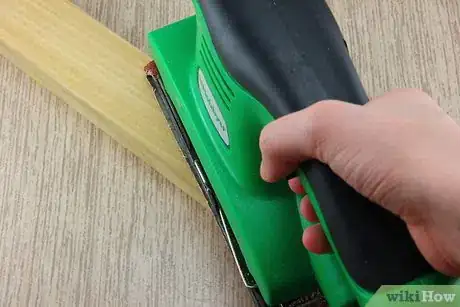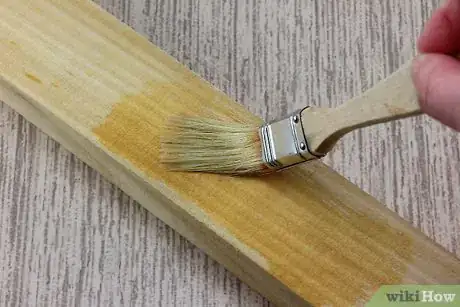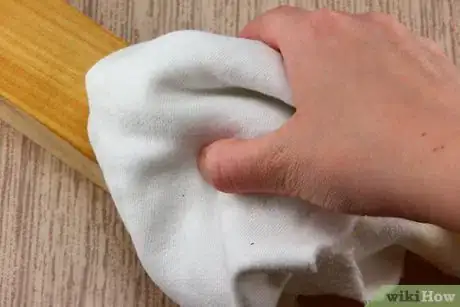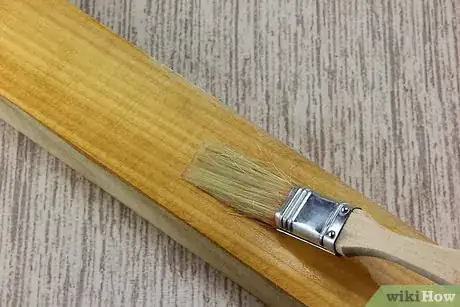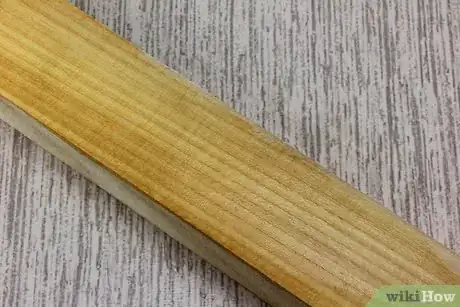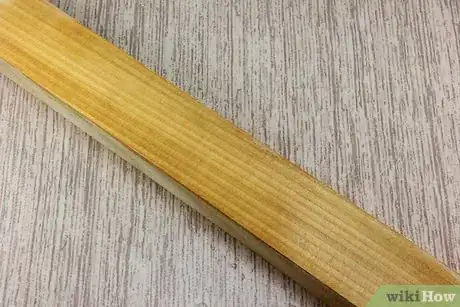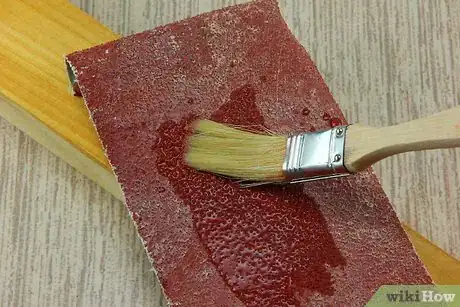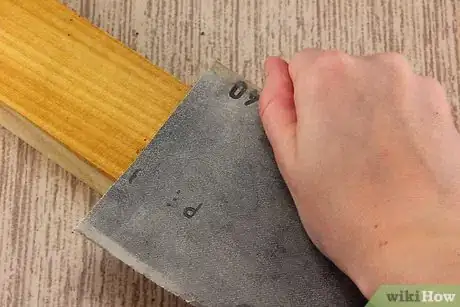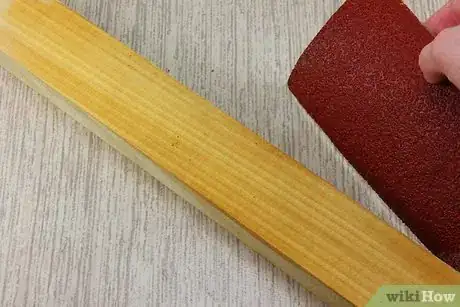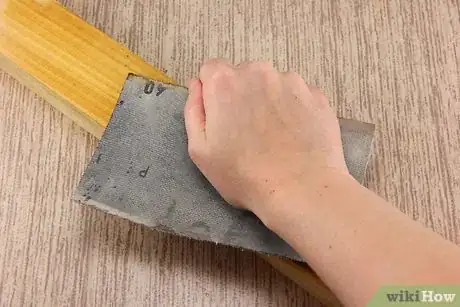wikiHow is a “wiki,” similar to Wikipedia, which means that many of our articles are co-written by multiple authors. To create this article, volunteer authors worked to edit and improve it over time.
wikiHow marks an article as reader-approved once it receives enough positive feedback. In this case, 95% of readers who voted found the article helpful, earning it our reader-approved status.
This article has been viewed 51,054 times.
Learn more...
Oiling woodwork is a nourishing alternative to modern varnishes. It protects and beautifies wood while creating a water-resistant finish and makes the grain of the wood stand out. Whether using Linseed, Tung oil or other types of oil, you can learn how to oil woodwork in just a few easy steps.
Steps
-
1Sand the wood to a smooth finish with extra fine 220 grit sandpaper.
-
2Apply a liberal amount (unless you're using Danish oil, which needs to be applied conservatively so the wood can soak it all up)of oil directly to a small section of your wood.
- Tung, Linseed, Danish, Teak or Mineral oil can be used with this wood oiling technique.
- Mineral oil is perfect for wood projects that need to be food-safe, like cutting boards.
Advertisement -
3Rub the oil into the wood with a clean, dry soft cloth.
- Make sure to rub the oil in the direction of the natural grain of the wood. Rub hard to work the oil well into the wood.
-
4Continue this process until all the wood is covered.
-
5Let the oil stay on the wood for approximately 30 minutes.
-
6Remove any excess oil from the wood with a dry cloth.
-
7Allow the wood to stand for at least 24 hours.
-
8Pour a liberal amount of oil onto a piece of 600 to 800 grit wet-and-dry sandpaper.
-
9Work the oil into the wood again using the sandpaper. This helps to push the oil deep into the pores and really starts to enhance the appearance of the wood's natural grain.
-
10Repeat this process until you've covered the entire surface of the wood with the oiled sandpaper.
-
11Wipe off any excess oil from the wood with dry cloth.
-
12Allow to stand for another 24 hours.
-
13Repeat the sandpaper finish as many times as you like, until the desired luster is achieved. Just make sure to remove any excess oil and allowing the wood to dry for 24 hours between each coat.
- It may take several days for the oil to cure completely.
Community Q&A
-
QuestionWill glue stick to oiled wood?
 Community AnswerYes, but not very well. Try sanding the area before applying glue for a better hold.
Community AnswerYes, but not very well. Try sanding the area before applying glue for a better hold.
Warnings
- Applying oil to woodwork will enhance the natural grain, but can also emphasize any scratches or blotches on the surface of the wood. Pay close attention to flaws and be sure to prepare the wood carefully before applying any oil.⧼thumbs_response⧽
- Always allow oily rags to dry flat on a non-flammable surface and in a well ventilated place. Rags that are crumpled or rolled up can generate heat through oxidation and may become a fire hazard.⧼thumbs_response⧽
Things You'll Need
- 220 grit sandpaper
- Linseed, Tung, Danish, Teak or Mineral oil
- 4 or 5 clean, dry, soft cotton cloths
- 600 to 800 grit wet-and-dry sandpaper
